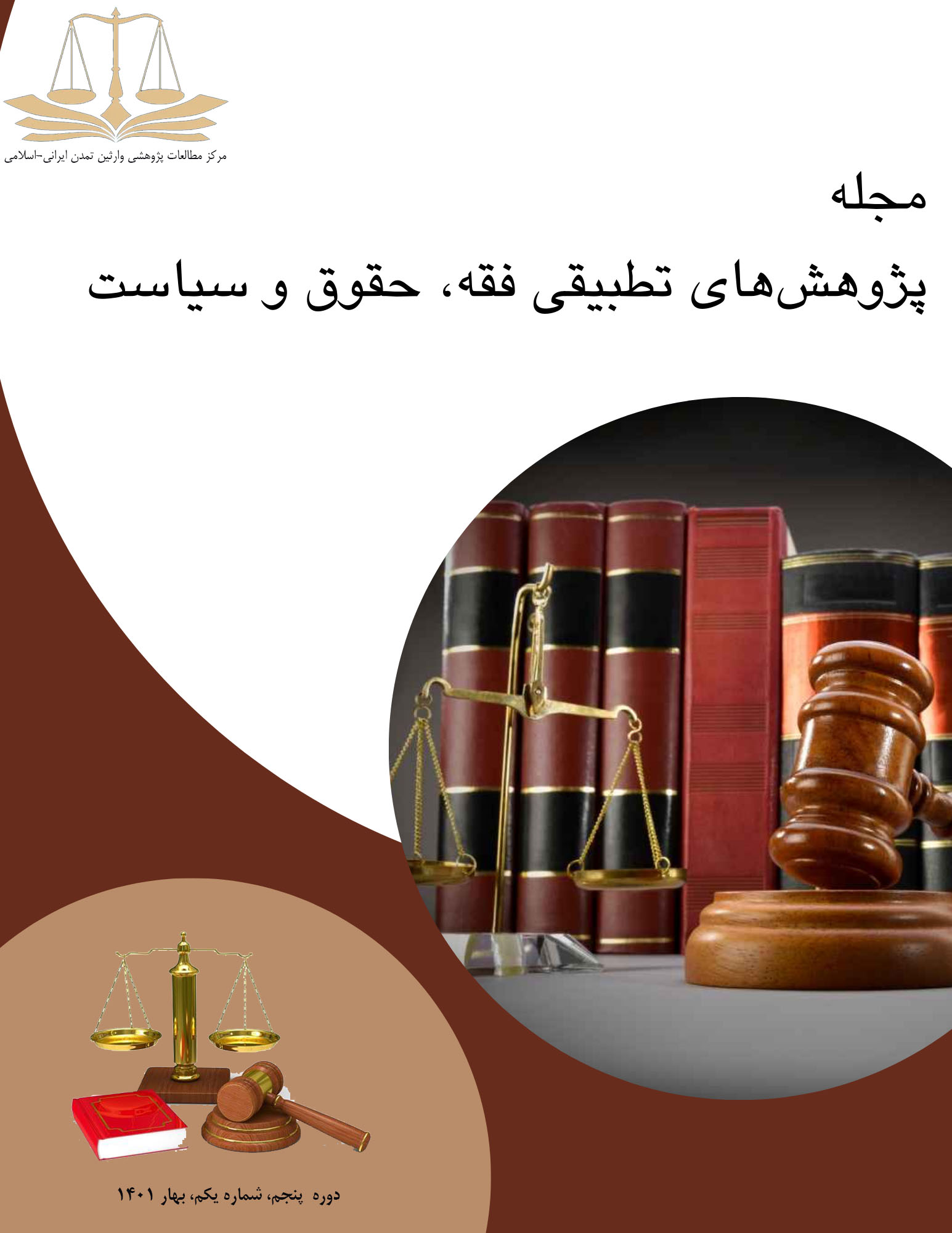Bitcoin and Cryptocurrency: Challenges, Opportunities, and Future Strategies
Keywords:
cryptocurrency, blockchain, mining, investmentAbstract
Bitcoin and other cryptocurrencies have garnered significant attention over the past few years. Recognized globally as digital coins and virtual currencies, these cryptocurrencies are generated and traded within the blockchain system. The blockchain technology adopted for the use of cryptocurrencies has stimulated interest among banking sectors, governments, stakeholders, and individual investors. The emergence of cryptocurrencies in this decade, following the introduction of Bitcoin in 2009, has disrupted financial markets. Cryptocurrencies are predicted to be the future of currency, with the potential to replace current paper-based currencies worldwide. Despite attracting widespread user attention, many remain unaware of the associated opportunities, disadvantages, and future challenges. Comprehensive research on cryptocurrencies is still lacking and remains in its nascent stages. In an effort to provide guidance and meaningful insight to the academic community and users, this article discusses the opportunities of cryptocurrencies, such as the security of its technology, low transaction costs, and high investment returns. The core focus of this paper revolves around legal regulations, high energy consumption, the potential for crashes and speculative bubbles, and network attacks. Future commitments and applications of cryptocurrencies are systematically examined in this article.
References
Androulaki, E., Karame, G. O., Roeschlin, M., Scherer, T., & Capkun, S. (2013). Evaluating user privacy in bitcoin. International Conference on Financial Cryptography and Data Security,
Angel, J. J., & McCabe, D. (2015). The ethics of payments: Paper, plastic, or Bitcoin? Journal of Business Ethics, 132(3), 603-611. https://doi.org/https://doi.org/10.1007/s10551-014-2354-x
Bariviera, A. F., Basgall, M. J., Hasperué, W., & Naiouf, M. (2017). Some stylized facts of the Bitcoin market. Physica A: Statistical Mechanics and its Applications, 484, 82-90. https://doi.org/https://doi.org/10.1016/j.physa.2017.04.159
Becker, J., Breuker, D., Heide, T., Holler, J., Rauer, H. P., & Böhme, R. (2013). Can we afford integrity by proof-of-work? Scenarios inspired by the Bitcoin currency. The Economics of Information Security and Privacy,
Bentov, I., Lee, C., Mizrahi, A., & Rosenfeld, M. (2014). Proof of Activity: Extending Bitcoin's Proof of Work via Proof of Stake. ACM SIGMETRICS Performance Evaluation Review, 42(3), 34-37. https://doi.org/https://doi.org/10.1145/2695533.2695545
Bitcoin Chart. (2018). Bitcoin chart. https://charts.bitcoin.com/
Böhme, R., Christin, N., Edelman, B., & Moore, T. (2015). Bitcoin: Economics, technology, and governance. Journal of Economic Perspectives, 29(2), 213-238. https://doi.org/https://doi.org/10.1257/jep.29.2.213
Bradbury, D. (2013). The problem with Bitcoin. Computer Fraud & Security, 2013(11), 5-8. https://doi.org/https://doi.org/10.1016/S1361-3723(13)70101-5
Cheung, A., Roca, E., & Su, J. J. (2015). Crypto-currency bubbles: an application of the Phillips-Shi-Yu (2013) methodology on Mt. Gox bitcoin prices. Applied Economics, 47(23), 2348-2358. https://doi.org/https://doi.org/10.1080/00036846.2015.1005827
Conte de Leon, D., Stalick, A. Q., Jillepalli, A. A., Haney, M. A., & Sheldon, F. T. (2017). Blockchain: properties and misconceptions. Asia Pacific Journal of Innovation and Entrepreneurship, 11(3), 286-300. https://doi.org/https://doi.org/10.1108/APJIE-12-2017-034
Dos Santos, R. P. (2017). On the Philosophy of Bitcoin/Blockchain Technology: Is it a Chaotic, Complex System? Metaphilosophy, 48(5), 620-633. https://doi.org/https://doi.org/10.1111/meta.12266
Dyhrberg, A. H. (2016). Hedging capabilities of bitcoin. Is it the virtual gold? Finance Research Letters, 16, 139-144. https://doi.org/https://doi.org/10.1016/j.frl.2015.10.025
Eyal, I., & Sirer, E. G. (2014). Majority is not enough: Bitcoin mining is vulnerable. International conference on financial cryptography and data security,
Fry, J., & Cheah, E. T. (2016). Negative bubbles and shocks in cryptocurrency markets. International Review of Financial Analysis, 47, 343-352. https://doi.org/https://doi.org/10.1016/j.irfa.2016.02.008
Hayes, A. S. (2017). Cryptocurrency value formation: An empirical study leading to a cost of production model for valuing bitcoin. Telematics and Informatics, 34(7), 1308-1321. https://doi.org/https://doi.org/10.1016/j.tele.2016.05.005
Hong, K. (2017). Bitcoin as an alternative investment vehicle. Information Technology and Management, 18(4), 265-275. https://doi.org/https://doi.org/10.1007/s10799-016-0264-6
Jackson, E., & Grey, C. (2014). Bitcoin is the new Paypal. http://tcrn.ch/1fqELeT
Kiayias, A., & Panagiotakos, G. (2015). Speed-Security Tradeoffs in Blockchain Protocols. https://eprint.iacr.org/2015/1019
Kim, T. (2017). On the transaction cost of Bitcoin. Finance Research Letters, 23, 300-305. https://doi.org/https://doi.org/10.1016/j.frl.2017.07.014
Luther, W. J., & Salter, A. W. (2017). Bitcoin and the Bailout. The Quarterly Review of Economics and Finance, 60, 50-56. https://doi.org/https://doi.org/10.1016/j.qref.2017.01.009
O'Dwyer, K. J., & Malone, D. (2014). Bitcoin mining and its energy footprint. 25th IET Irish Signals and Systems Conference and China-Ireland International Conference on Information and Communications Technologies (ISSC/CIICT 2014),
Papadimitriou, O. (2009). How Credit Card Transaction Processing Works: Steps, Fees & Participants. https://wallethub.com/edu/credit-card-transaction/25511/
Pieters, G., & Vivanco, S. (2017). Financial regulations and price inconsistencies across Bitcoin markets. Information Economics and Policy, 39, 1-14. https://doi.org/https://doi.org/10.1016/j.infoecopol.2017.02.002
Shi, N. (2016). A new proof-of-work mechanism for bitcoin. Financial Innovation, 2(1), 31. https://doi.org/https://doi.org/10.1186/s40854-016-0045-6
Tschorsch, F., & Scheuermann, B. (2016). Bitcoin and beyond: A technical survey on decentralized digital currencies. Ieee Communications Surveys & Tutorials, 18(3), 2084-2123. https://doi.org/https://doi.org/10.1109/COMST.2016.2535718
Vranken, H. (2017). Sustainability of bitcoin and blockchains. Current Opinion in Environmental Sustainability, 28, 1-9. https://doi.org/https://doi.org/10.1016/j.cosust.2017.04.011
Yermack, D. (2013). Is Bitcoin a real currency? An economic appraisal. https://doi.org/10.3386/w19747
Downloads
Published
Submitted
Revised
Accepted
Issue
Section
License
Copyright (c) 2025 مسعود رضایی (نویسنده); زهرا تجری مؤذنی (نویسنده مسئول); اکرم تاجیک (نویسنده)

This work is licensed under a Creative Commons Attribution-NonCommercial-ShareAlike 4.0 International License.








